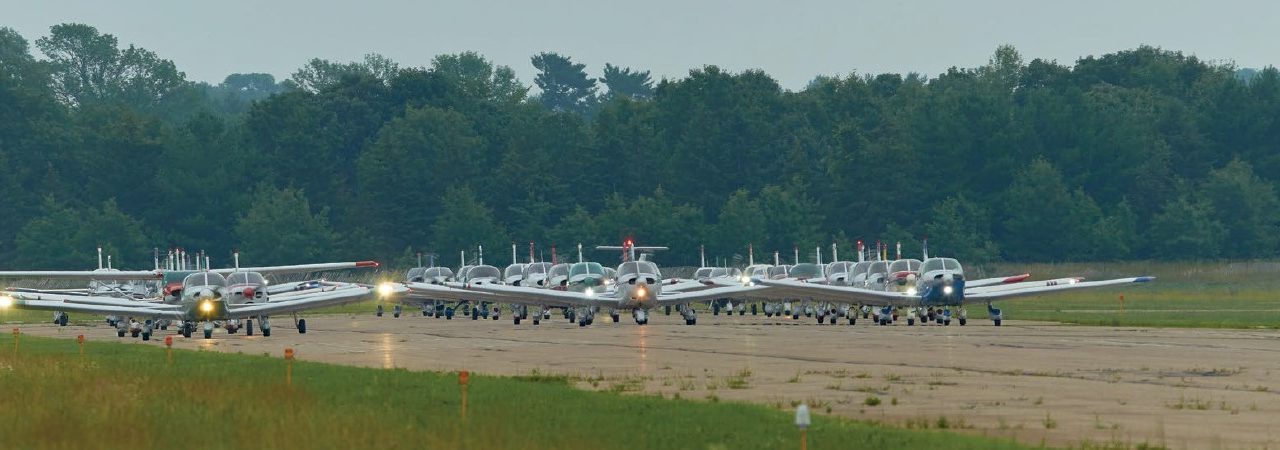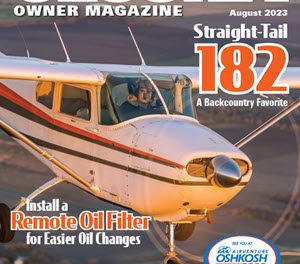Questions to ask before flying at events
A number of years back I bought a Smith Miniplane. The Smith is a small, single-place biplane that was designed in the late 1950s by Frank Smith. It was a great plane. I still sell the plans to build it. The reason I bought it was, I was thinking of learning aerobatics, with dreams of being an air show pilot. What I really wanted was a Pitts S1, but the Smith was just too good a deal to pass up. A small, 100-hp, fun flying, single-seat biplane for under $10,000. With a 17-foot wingspan and at only 15 feet long, it was easy to store (I used a garage space at the local airport, which was free) and it was cheap to operate (5 gallons an hour). No electric, no canopy, no heat, but boy oh boy was it a thrill to fly. With its bright yellow paint, it was also an attention getter wherever I went. Although I never got to be an air show pilot (or a rock and roll star for that matter, but that’s another story), I did have a tremendous amount of fun with that plane.
If you have an aircraft that has great paint, is a beautiful restoration, or maybe it is a rare model, you know what that feeling is like. The airplane just begs to be flown and shown off at every aviation event you can get to.
Anyway, one of the advantages of the Smith was the ability to take it to any fly-in or pilot breakfast and park it right up front. I don’t know about you, but if you like a good ego boost and the parking flaggers direct you to park right in front of the crowd — well, you can probably guess how that feels. Having the Smith was like having the cutest puppy in a park.
In comparison, other times when I flew the Cessna 172RG or even a friend’s Piper Cherokee 180, I usually didn’t get front-row parking. It seems that the “regular” aircraft are relegated to the grass on the far end of the taxiway. If you are lucky, you get a ride in some old golf cart or on a hay trailer, but more than likely it is the long pilot’s walk to the breakfast and pancakes. Sure, the walk is good for you, but being a pilot that flew in, you hope you would get some attention. You know, the airplanes are what draw the crowd and I flew an airplane! Now that I re-read that, maybe that’s just my ego talking.
But to my point, hundreds of aircraft fly into events all the time and most of these pilots do not give it another thought. There’s no concern about where to park or about how the aircraft is used.
But for a few of us there is hope to get to the front of the flightline, to participate in a flyby in formation, or even get paid to give an air show (as long as you have the correct training, waivers, and insurance!).
So, with the summer flying season on its way, it’s time to share a few insurance tips for those who go to fly-ins and air shows like EAA AirVenture Oshkosh and want to participate. It is important to refresh everyone’s memories as to things that might be an issue if you are participating in something at AirVenture or another event that requires insurance. You might be required to name the event as an additional insured, which means you need to have the coverage to begin with.
We get calls from pilots who are taking their aircraft to an event where they are getting free fuel, smoke oil, or just being invited to put their airplane on display because it was an award-winning restoration. All of these things are great for the owner. But from an insurance perspective, what’s the risk?
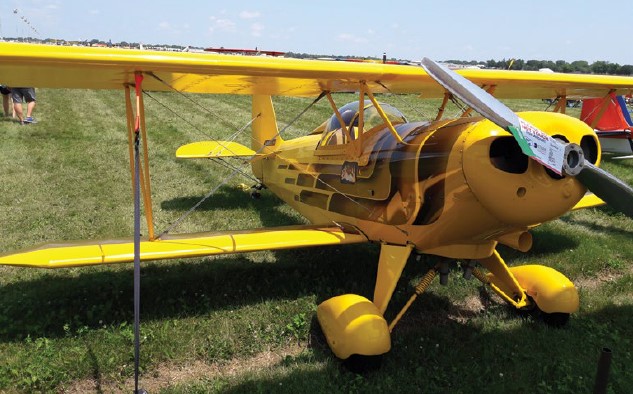
Is it a “commercial” flight?
First, we should talk about the FAA. Disclaimer, I’m not with the FAA and this is all my opinion, but if you get paid to fly at an event (and paid could mean fuel and oil to be in the formation flight) that could be interpreted as commercial operations. It’s up to the pilot to make sure they know what is commercial and what is not.
If you are operating as commercial, can you be compensated for the flight? For example, are you commercial-rated? Does the activity you are taking part in require a commercial rating? It would be worthwhile if you are unsure about the situation to look into the FAA FAR Part 91 regulations.
I’m not saying you need to have a commercial rating; I’m just saying that you should do your research before you volunteer to do that flyby at the air show and accept the free fuel from the FBO.
Special circumstances
Another question you should ask is, “Does your aircraft meet the requirements to be used as a commercial endeavor?” This past year we have seen people flying experimental and restricted category aircraft in events. Again, I am not saying they cannot be used, but you need to know when they can be used and what they can be used for.
Years ago the FBO I worked at had a contract for tracking the deer population. They would clamp special antennas to the wing struts of a Cessna 172 and take a researcher with some equipment in the back of the plane to see if they could find the tagged deer. During that time the aircraft had a restricted category airworthiness because of the extra equipment. Once the flights were over, the antennas and the placard were removed and it was back in the standard category.
I bring this up because often, participants in flybys and other special events have very unusual aircraft. Maybe it is a really old Cessna or a one-of-a-kind Piper and you don’t have a standard category airworthiness. It is important to check the rules pertaining to the airworthiness certification you have to see if you can use your airplane for the fly-in and get paid.
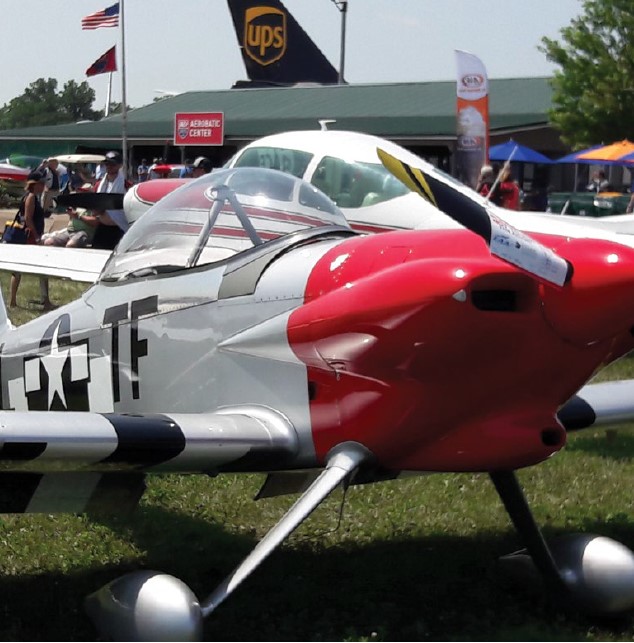
Flying for a cause
Another thing that many pilots like to participate in is charity flights. I’m going to use charity as a very generic term for any organization that organizes flights for a good cause — Angel Flight and Young Eagles, for example. All of these organizations are worthwhile, but you need to be sure your aircraft is suitable for the situation. Most insurance companies include charitable flight coverage if you let them know.
Some of these flights, like Young Eagles, take place at events. I remember being at an aviation event where they were giving airplane rides to the general public. I was there with a Cessna 172 and they wanted help with the rides. My questions were: Am I qualified? Was my aircraft qualified? What was my risk? I wasn’t getting paid (not even with fuel), but if the people taking rides paid, did that make it a commercial flight?
Insurance requirements
Back to the insurance. Recently, one of our clients was going to use his aircraft for a specific paid flying job. He meets the commercial requirements and he felt his aircraft met the requirements, but the insurance companies didn’t really agree with him. They were not as comfortable with the situation (meaning the airworthiness and the use).
The underwriter finally agreed to cover the use, but it seemed to be at a higher cost than other aircraft in the same situation. The discussion was centered around the difference in the FAA rules and the insurance underwriter’s rules.
Basically, most people think that the underwriters will default to the FAA rules, but that is not the case. The FAA might be the minimum, but the underwriter can have higher standards or requirements than the FAA. As an example, if you are a multi-engine pilot with no instrument rating, based on the FAA rules you should be able to fly a Navajo or a Cessna 340. But the underwriters would probably not provide insurance for you in those planes. Their minimum requirements are higher. We see the same thing in new pilots buying a tailwheel aircraft. Most companies will not provide insurance for a new pilot with 50 hours total time in a Cessna 180. The underwriter might require about 150 total time and 25 tailwheel hours before they provide a quote, even though the FAA says 50 hours total with a tailwheel endorsement is OK.
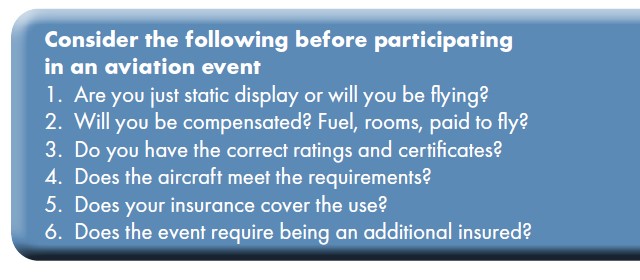
Why are these things important?
Most people don’t think anything will happen to them. But with air shows come egos and with egos come mistakes. Maybe it’s not your mistake, it’s the unknown pilot that is taking off in front of you as you are all getting in the air for a flyby. It is always more impressive if a number of aircraft take off in succession, but what if the pilot ahead of you ground loops while you are accelerating behind him? Then there are the maximum-performance takeoffs that pilots try when they are front and center — and then the engine stops. Oops.
There are examples of almost every imaginable accident — warbirds overtaking smaller planes on the ground, taildraggers that didn’t see you in an S-turn, etc. Accidents happen with air show professionals who do this all the time. So, when you get a lot of people together who are not always air show professionals, there can be mistakes. I am not trying to scare you off. I think participating in an event, whether it’s a local breakfast or a big event like SUN ’n FUN Aerospace Expo or AirVenture, is very exciting and a cool experience, but it does require a little extra care and planning.
What it really boils down to is if you are going to an air show, fly-in, or other event and you want to participate in static display, flyby, formation flying, aerobatics, etc., make sure you have the correct aircraft to meet the FAA requirements, the correct ratings and certificates, and the correct insurance. And if you’re getting paid (fuel, rental car, rooms) know what the rules are from the FAA and the underwriters.

